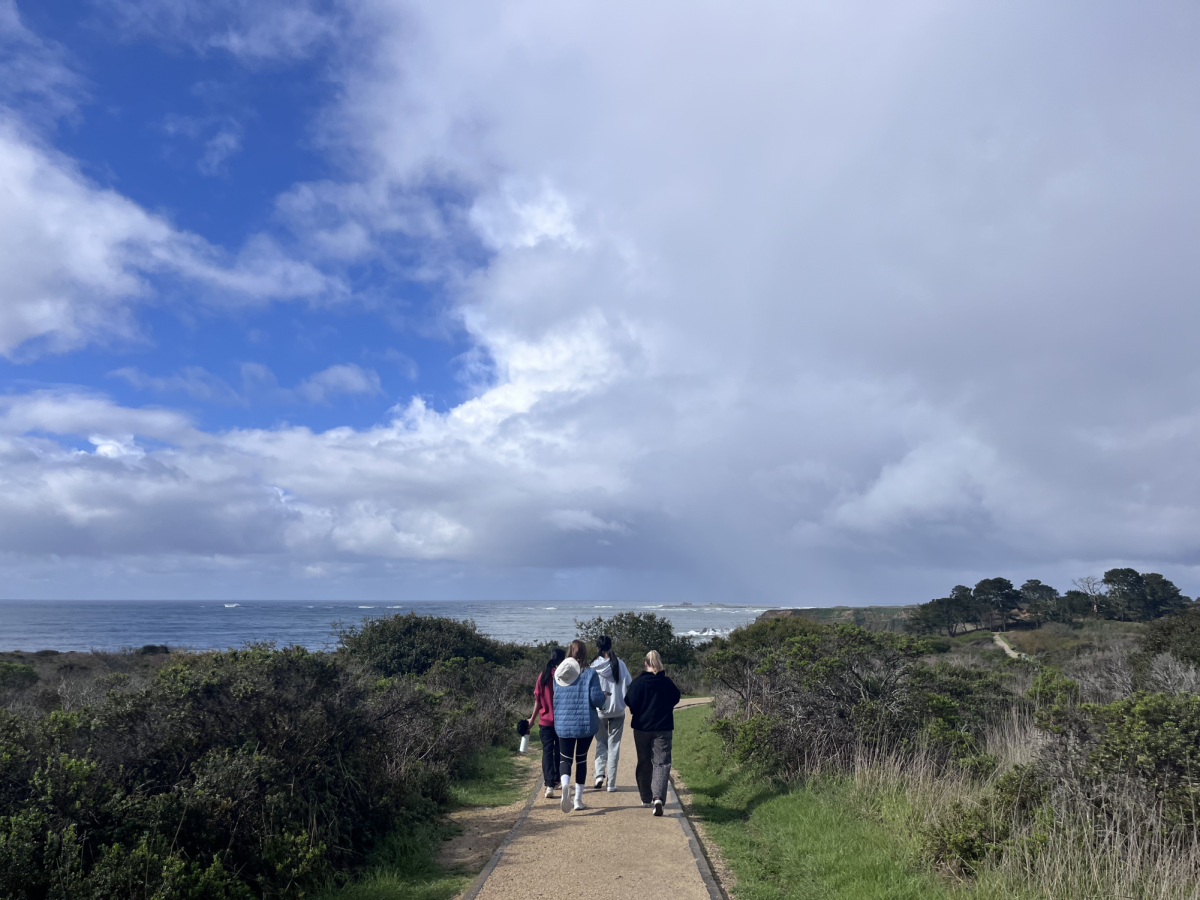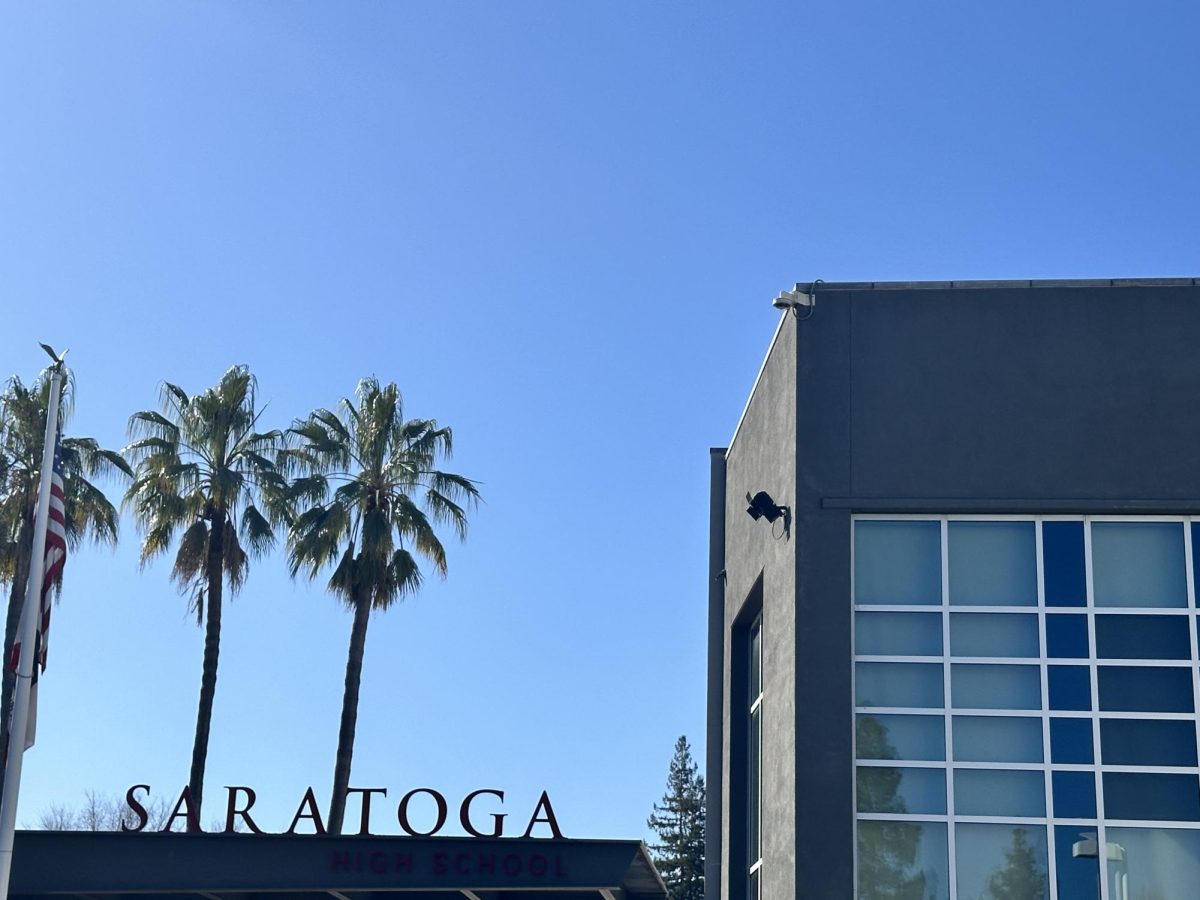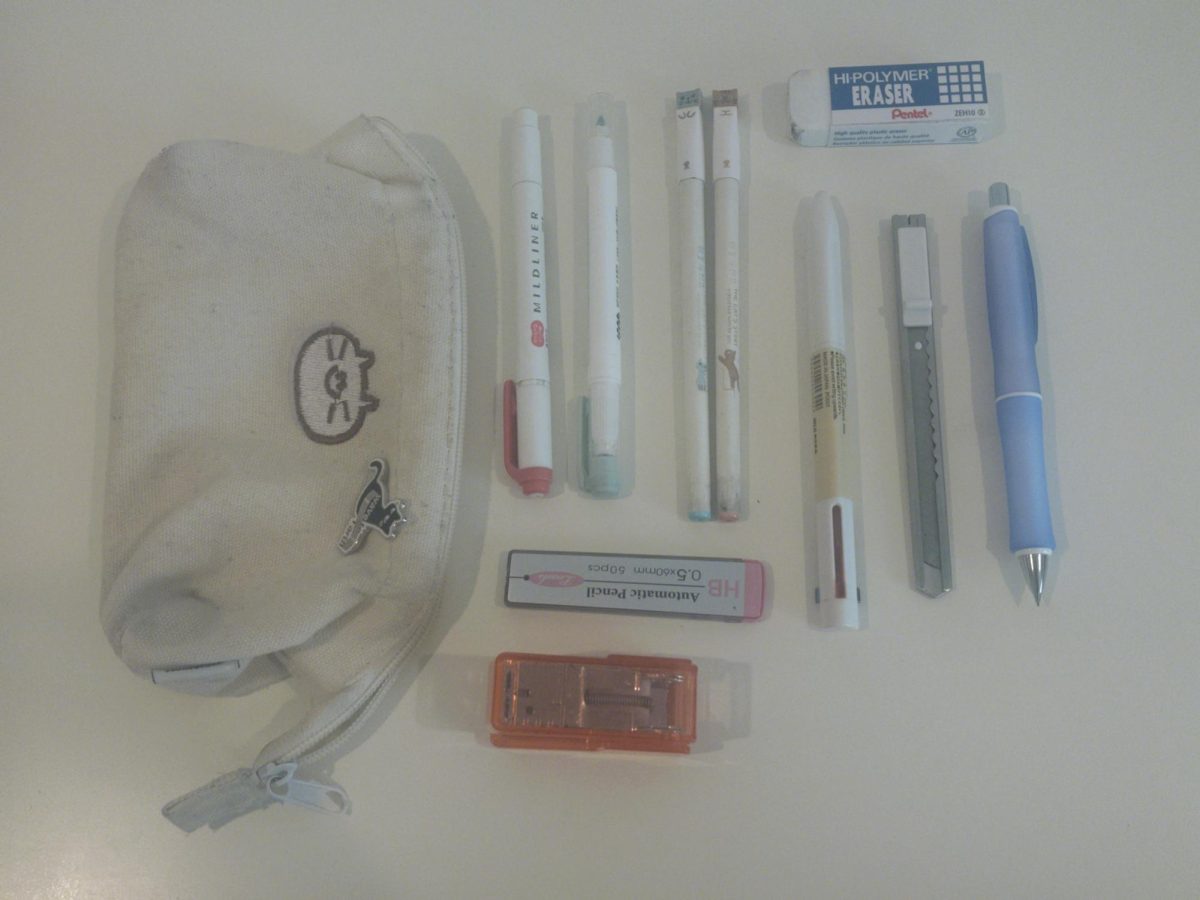As the 2024 Olympics fade into memory, Paris is still grappling with the aftermath of the games. The Seine, one of the main spectacles of the city, became a major source of public outrage as the city consistently failed to clean the river, leading to multiple athletes falling ill afterward.
Questions about the effectiveness of the measures taken to address the Seine’s pollution persist even weeks later, raising concerns about Olympic organizers and the level of care displayed to athletes. The 2024 Olympics are in the rear-view mirror, but it is important for the organizers of future Olympics to reflect on these events and understand how to prevent such episodes.
The river Seine has been a crucial part of Olympic Games hosted in Paris since the first one in the 1900s. Flowing through Paris, it’s an iconic landmark of the city and was used as a host for the previous two Olympic triathlon events in Paris. Yet people have been banned from swimming in it since 1923 due to contamination from local boats and water pollution.
The pollution wasn’t the only problem either. There is an inherent issue within the architecture of the city’s entire sewage system. Like many other old cities around the world, Paris has a combined sewer system, meaning the city’s wastewater and rainwater flow through the same pipes. This causes sewage to overflow into the Seine during long or heavy periods of rain.
Prior to the 2024 Paris Olympics, the French government spent €1.4 billion on a clean-up program to clear the Seine from a century’s worth of pollution. Alongside other infrastructure, the program included the construction of large water basins to hold stormwater when it rains, with the hopes of preventing overflow.
As admirable as the cleanup effort was, the plan failed. After months of work, tests of the river came back with dangerously high levels of E. coli in the water — 10 times the safe level — weeks before the Olympics were set to begin in late July.
Protests broke out in Paris, as Parisians were outraged that their athletes would have to swim in such dangerous conditions.
In an effort to appease critics and show the world that the Seine was indeed safe to swim in, Paris Mayor Anne Hidalgo herself swam in the river. The same day, updated test results were released, showing that the river was still unsafe.
After multiple delays of the triathlon event, the swim took place from July 31-Aug 5. At the time of the swim, the water was reported to be within safe levels of bacteria.
Yet, days after athletes swam in the river, multiple athletes reported falling ill, including three German athletes, one of whom had finished with the silver medal. It is still unknown if these symptoms were directly caused by the Seine, and the Paris Organizing Committee has yet to give the public a concrete statement as to why the athletes became ill.
Today, despite the Olympics being over, questions remain. Should it have been used in the first place? Could another river not have been used for the event?
With such a long history of pollution, it seems almost inevitable that the plan would fail, especially given the incredibly short time frame. Not only that, the situation seems as though it could have been prevented with earlier preparations, as well as a secure backup plan for where to move the event in the likelihood that the Seine would remain unsafe to swim in. Ideas for a contingency plan were indeed circulating weeks before the Seine was set to be used, including the proposition to move the triathlon to the Vaires-sur-Marne Nautical Stadium, a competition site used for rowing and canoeing events. Even then, it is possible that organizers could have found a safer location outside of Paris, somewhere within the European Union. There were a multitude of options they could have considered; and yet, they still chose to force the decision of using the Seine in the triathlon event.
Ultimately, it’s up to the host country to make better decisions and ensure that adequate health protections are put in place. Hosting the Olympics is not an easy task for any country, no doubt; however, when these plans go awry, organizers must take the initiative to prioritize the athletes competing. Hopefully, the 2028 Olympic organizers in Los Angeles will reflect on these events and do better for our athletes’ health and safety.




























